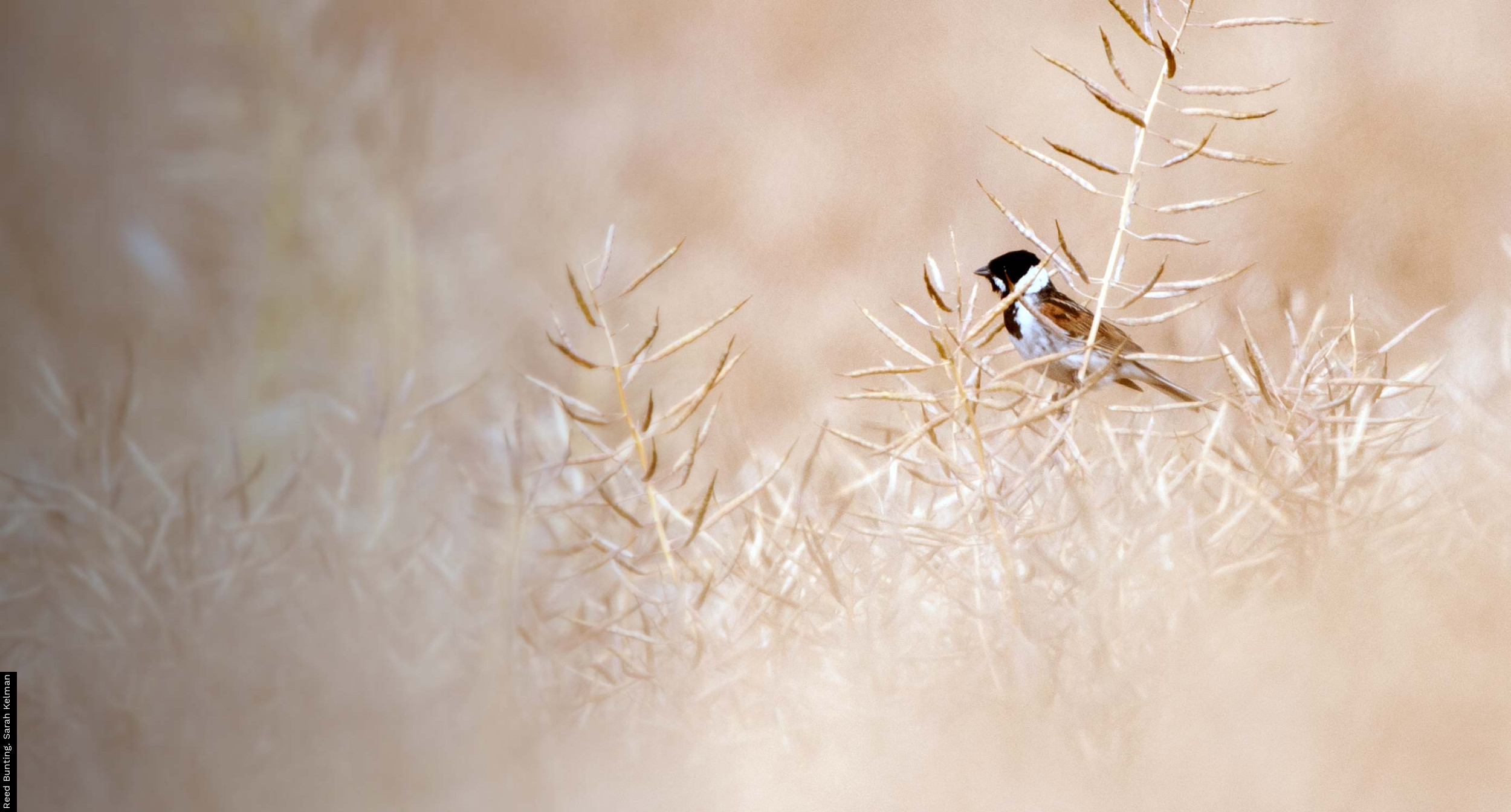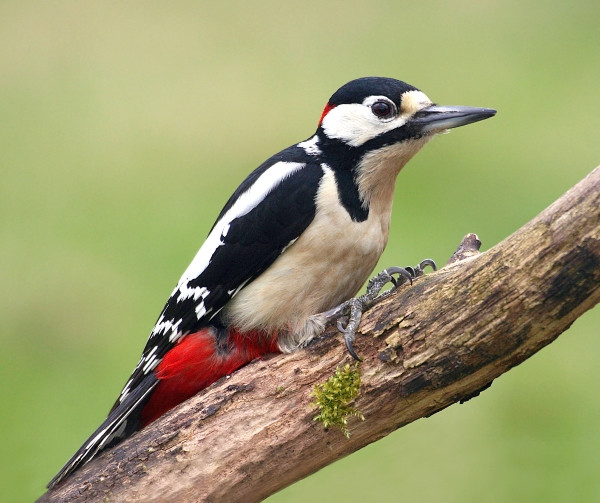NOTE: Species accounts are no longer included within the BirdTrends report and all links to individual species in this BirdTrends report now point to the relevant species page in BirdFacts. Species trends can now be viewed in the "Trends Explorer" which allows you to view a range of temporal trends for each species.
Although much of this report focuses on declines and their conservation significance, there are many species that are increasing in number as breeding birds in the UK.
In the current report, there are 21 species for which our most representative long-term trends show a statistically significant doubling in population size over periods of 27–53 years (see Increasing Species).
These are Mute Swan, Greylag Goose, Canada Goose, Mallard, Goosander, Pheasant, Buzzard, Coot, Stock Dove, Woodpigeon, Collared Dove, Green Woodpecker, Great Spotted Woodpecker, Magpie, Jackdaw, Carrion Crow, Chiffchaff, Reed Warbler, Blackcap, Nuthatch and Goldfinch (in taxonomic order). Pheasant, Magpie and Reed Warbler have been added to this list in the current report, whilst Long-tailed Tit and Wren have been dropped from the list as the population increase is just below the threshold for inclusion following decreases in 2020. As non-native species, the addition of Pheasant to this list alongside Canada Goose could raise conservation concerns relating to possible impacts on native breeding species.
The steepest long-term increases we have measured have been for Buzzard, Greylag Goose, Great Spotted Woodpecker and Blackcap, which have all increased by 300% or more since 1967 (or since 1975 for Greylag Goose).
The 21 species that have doubled over the long term are set against the 30 that have halved in number over similar periods (see Declining species).
Eight further species, monitored only over a shorter period, have also more than doubled (see Increasing species). These are Mandarin Duck, Gadwall, Little Egret, Red Kite, Barn Owl, Ring-necked Parakeet and Stonechat (all monitored by the BTO/JNCC/RSPB Breeding Bird Survey over 25-years) and Cetti's Warbler (monitored by CES over the period 1990–2020). Two of these species (Mandarin Duck and Ring-necked Parakeet) are non-native and therefore like Pheasant could raise conservation concerns. Three additional species have more than halved over this shorter period (see Declining species).
For fifteen species that are listed in this report for a population decline over the long term – Curlew, Tawny Owl, Skylark, Mistle Thrush, Nightingale, Whinchat, Dipper, Tree Sparrow, House Sparrow, Dunnock, Grey Wagtail, Meadow Pipit, Bullfinch, Linnet and Reed Bunting – the decline has apparently started to level off, or has ceased, during the most recent ten-year period. While indications are positive, wide confidence intervals for some of these species allows for the possibility that their severe decline is, in fact, continuing (see Ten-year trends and evidence of species recovery).
Four further formerly declining species – Snipe, Song Thrush, Yellow Wagtail and Corn Bunting – have reversed their population trend to show statistically significant increases over the last ten years. For all these species, however, overall population levels remain severely depleted, despite the recent increases.
Whilst many of the declining species are farmland and woodland specialists, several of the increasing species are associated with wetland habitats. Many of the others which were historically associated with woodland are generalists and have been able to successfully move into suburban habitats: these species have almost certainly benefited from the widespread provision of supplementary food in gardens. Some increases can also be attributed to species-specific reasons, for example reduced persecution (Buzzard) or successful reintroduction (Red Kite). Four of the increasing species are non-native and hence could raise concerns.
This report should be cited as: Massimino, D., Woodward, I.D., Hammond, M.J., Barber, L., Barimore, C., Harris, S.J., Leech, D.I., Noble, D.G., Walker, R.H., Baillie, S.R. & Robinson, R.A. (2020) BirdTrends 2020: trends in numbers, breeding success and survival for UK breeding birds. BTO Research Report 732. BTO, Thetford. www.bto.org/birdtrends






Share this page